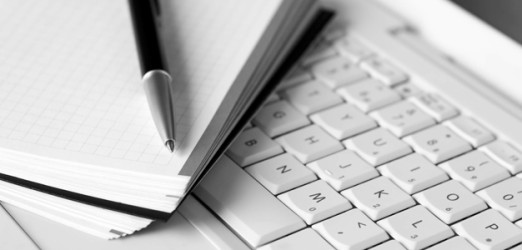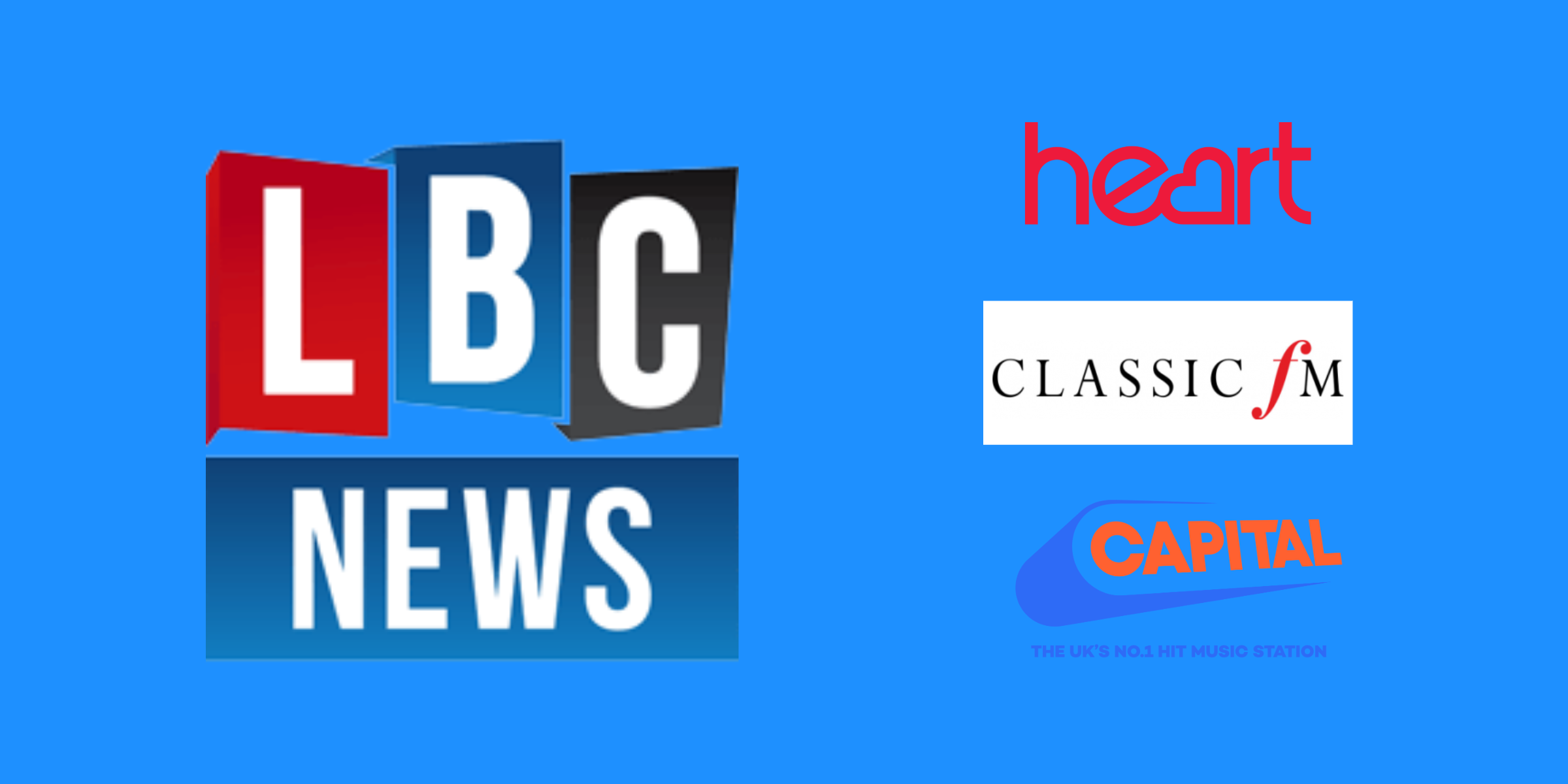By Keren Haynes
The logic is obvious. If you speak a foreign language fluently you will be able to communicate with the locals more effectively. The same theory applies when a PR professional tries to persuade a journalist to run a story on television or radio. Understanding what a broadcast journalist wants from a story – and delivering the goods to them – can make all the difference between getting your story on air, or not. As a former broadcast journalist myself (ex BBC, ITN and others) I can tell you that experience, from the other side of the fence, is damned handy – but if you’ve never worked as a journalist, you might enjoy this blog!
What makes a story?
Who, what, when, where, why and how… All stories are comprised of the answer to one or more of those questions. And they are the questions a journalist will ask themselves when weighing up the merits of a story. They want a new story or the very least a new twist on an old story. And, in an ideal world, it needs to pass the water-cooler or pub test – that means the sort of story people remember and tell their colleagues or friends or family about later in the day.
Entertainment value
With the exception of daytime programming, there are not the same opportunities for features that you find in print, so most PR generated stories for broadcast end up on the news. Once upon a time there were 3 requirements from a story: it had to educate, inform and entertain. Today, the broadcast landscape has changed significantly – so many channels compete for what is essentially the same audience and only one thing matters…Your story has to entertain. Not funny ha ha, entertain – but engage, be of interest and be significant.
Think pictures and sound
The first thing a TV journalist will ask is “what can we see”? They need pictures to illustrate a story – either footage they can film for themselves and/or B-roll footage that agencies like us produce to illustrate a story. B-roll footage is 8-10 minutes of roughly edited pictures that we distribute to broadcasters free of charge and any copyright issues, to support a story. (If you want more on B-roll we have a whole blog on the subject: What is B-roll?)
For radio, most journalists are satisfied with an interview clip – ideally broadcast quality, but sometimes a landline (or even mobile) will suffice. But if you’re trying to secure quality talk radio, you should think audio too – it depends on the story of course, but sound effects, background atmosphere, clips from a TV show or archive footage all tick that box.
Talk their language
It’s not a deal breaker, but if you can talk a broadcaster’s language they will think you have at least some understanding of what they want! The difference between input and output is a good starting point – the latter means they work on the programme that is being aired, input includes planning and the producers and correspondents who set up the interviews and filming. A sofa interview means your spokesperson will get at least a couple of minutes live on-air from the broadcaster’s studio – a down-the-line interview however means the spokesperson is in a different location to the interviewer, hears the questions through an ear piece and has to speak direct into camera. (For more broadcasters’ terms see our glossary here: Glossary of terms)
Timing
Broadcasters want to be first with the story. They’re now given a run for their money by online news but they still want to stay ahead of the game in comparison to print. That means if your story is in the newspapers today it is an old story! Obviously a client wants to secure as much coverage as possible – but in an ideal world it would be TV, radio and online one day and print the next. We always recommend embargoing a story until 0001 on a particular date – meaning breakfast shows can run the story from first thing. PR generated stories are much more likely to get broadcast pick up earlier in the day when there’s less breaking news.
Horses for courses
That said different stories do suit different programmes. See, for example, how BBC1 evolves through the day: BBC Breakfast will generally offer a good round up of any stories that have broken overnight, but will also anticipate things scheduled to happen late in the day. The One o’clock news at lunchtime favours education and health stories – because they fit with the interests of people at home, most likely to tune in to the news at that time of day. By the time you get to the Six o’clock news, many of the PR generated stories that began that day have been dropped for genuine news. And by 10 o’clock only the strongest 3-4 general news stories have survived; the rest of the bulletin is structured to include on most days a political story, a business story and often a foreign story too.
For more advice about Broadcast PR book on to one of our free workshops here: Shout! Workshops



